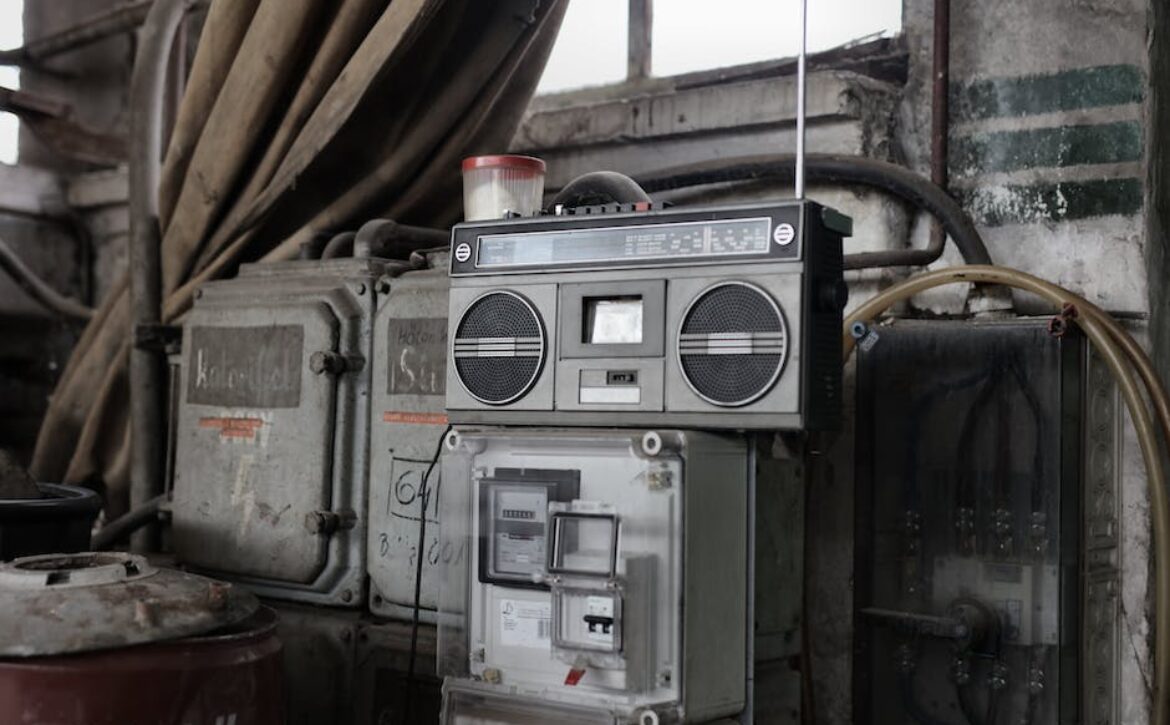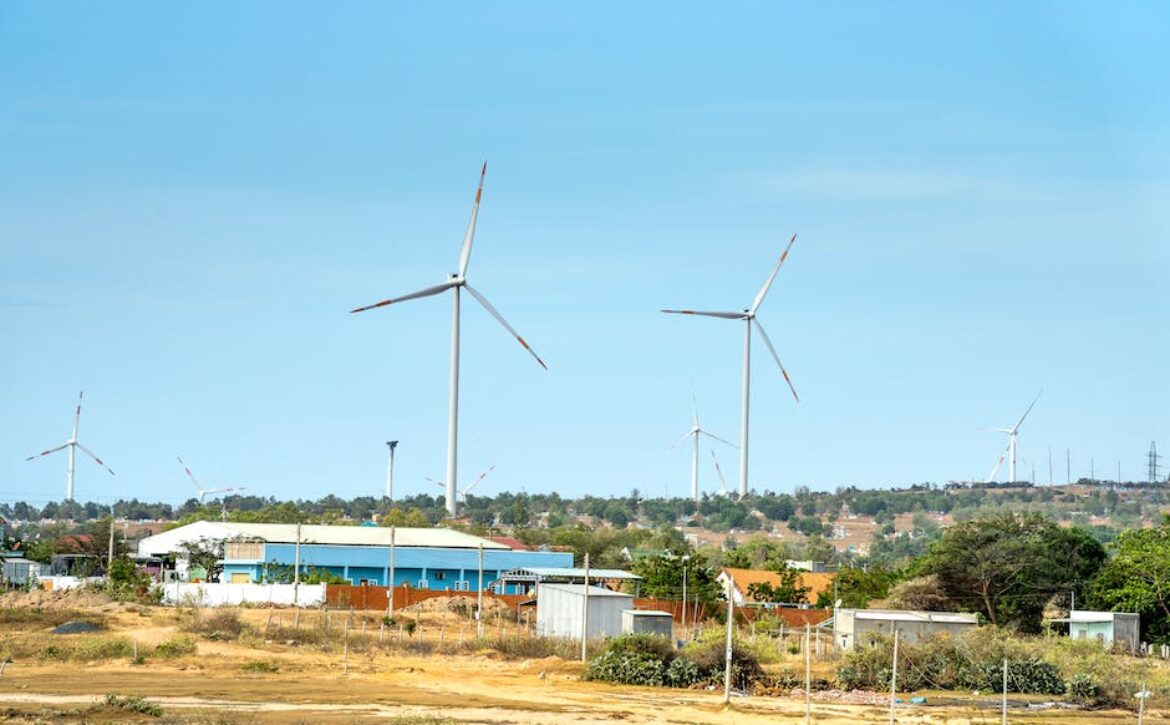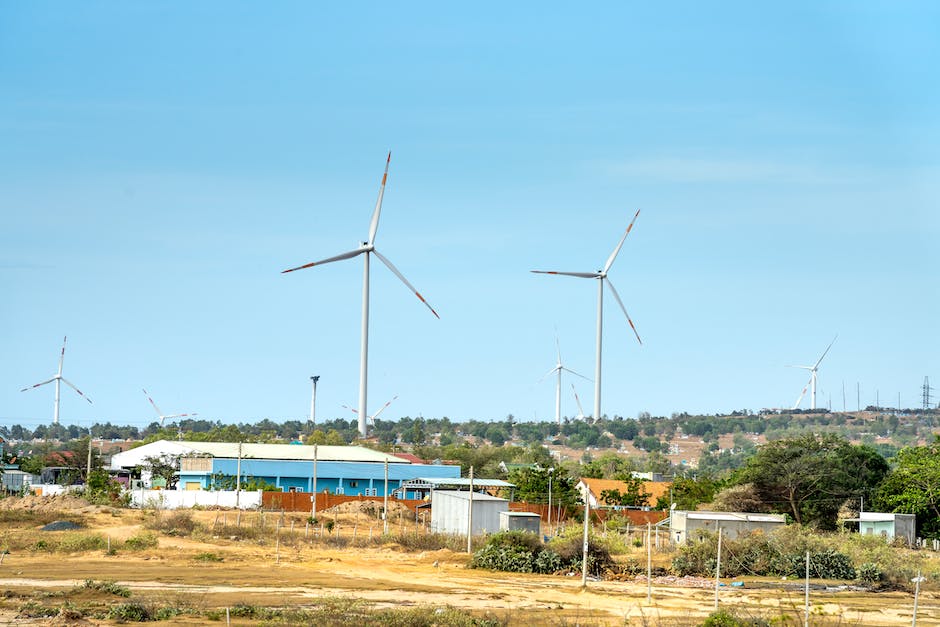How Lithium Ferro Phosphate Batteries are Powering the Solar Sector
Introduction to Lithium Ferro Phosphate Batteries
Lithium Ferro Phosphate (LFP) batteries are becoming popular in the solar sector due to their long lifespan and high safety features. These batteries are known for their stability and ability to withstand high temperatures, making them suitable for solar energy storage. LFP batteries have a longer cycle life compared to other lithium-ion batteries, which means they can be charged and discharged more times before needing replacement. Their high thermal stability and non-toxic nature make them a reliable choice for renewable energy applications.

Advantages of Lithium Ferro Phosphate Batteries in the Solar Sector
Lithium Ferro Phosphate batteries offer several advantages in the solar sector.
-
Longer Lifespan: These batteries have a longer lifespan compared to other types, lasting up to 10 years.
-
High Safety: Lithium Ferro Phosphate batteries are considered safer due to their stable chemistry, making them less prone to overheating and causing fires.
-
Fast Charging: They have a fast charging capability, allowing for quick energy storage and usage.
-
High Efficiency: These batteries can efficiently store and release energy, maximizing the solar power utilization.
Comparison with other types of batteries
Lithium ferro phosphate batteries offer significant advantages over other types of batteries commonly used in the solar sector. Compared to lead-acid batteries, they have a longer lifespan, typically lasting up to 10 years or more. Additionally, they are lighter in weight, making them easier to handle and install. In contrast to lithium-ion batteries, lithium ferro phosphate batteries are considered to be safer due to their stable chemical structure, reducing the risk of thermal runaway and fire hazards. When it comes to overall efficiency and performance, lithium ferro phosphate batteries are a reliable and cost-effective choice for solar energy storage.
Environmental benefits of Lithium Ferro Phosphate Batteries
Lithium Ferro Phosphate (LFP) batteries are environmentally friendly as they do not contain toxic metals like cobalt or nickel, which are commonly found in other types of lithium-ion batteries. LFP batteries are also more stable and have a lower risk of thermal runaway, which reduces the risk of fires. Additionally, these batteries have a longer lifespan and can be charged and discharged more times than other lithium-ion batteries, making them a sustainable option for powering the solar sector.
Cost-effectiveness in solar applications
Lithium Ferro Phosphate batteries are gaining popularity in the solar sector due to their cost-effectiveness. Compared to traditional lead-acid batteries, LFP batteries have a longer lifespan, requiring fewer replacements and maintenance. This makes them a more cost-effective option for solar applications in the long run. Additionally, the higher energy density of LFP batteries allows for more efficient use of solar power, maximizing the return on investment for solar installations.
Maintenance and lifespan of Lithium Ferro Phosphate Batteries
Lithium Ferro Phosphate (LiFePO4) batteries have a longer lifespan compared to other types of batteries commonly used in the solar sector. They are known for their ability to be charged and discharged frequently without affecting their performance. LiFePO4 batteries also require minimal maintenance, making them a reliable and low-maintenance option for solar power systems.
Scalability and energy storage capacity
Lithium ferro phosphate batteries are popular in the solar sector due to their ability to scale up easily and store a lot of energy. These batteries can be connected in series or parallel to increase their storage capacity, making them suitable for various solar energy applications. Scalability refers to the ease with which the battery capacity can be expanded, making it a flexible option for different energy needs. Additionally, lithium ferro phosphate batteries have a high energy storage capacity, allowing them to store a significant amount of solar energy for later use.
Integration with solar systems
Lithium Ferro Phosphate (LFP) batteries have become popular for integrating with solar systems due to their reliability and long lifespan. LFP batteries can efficiently store the solar energy generated during the day, allowing for consistent power supply during low-light conditions or at night. The seamless integration of LFP batteries with solar systems ensures that renewable energy is effectively harnessed and made available for use whenever required.
Case studies and success stories
Sure, here is the section in markdown:
Are you curious about how lithium ferro phosphate batteries are being used in the solar sector? Through case studies and success stories, we’ll explore real-world examples of how these batteries are revolutionizing the renewable energy landscape. From small-scale residential installations to large commercial projects, these stories will highlight the impact and potential of lithium ferro phosphate batteries in the solar industry.
Future developments and conclusion
Lithium ferro-phosphate batteries are expected to see further improvements in energy density and charging times in the future. This will make them even more attractive for solar energy storage systems. As the demand for renewable energy continues to grow, the use of lithium ferro-phosphate batteries is likely to increase, driving further innovation and cost reductions in the sector. In conclusion, the future for lithium ferro-phosphate batteries in the solar sector looks promising, with ongoing developments anticipated to make them an even more compelling choice for energy storage.






